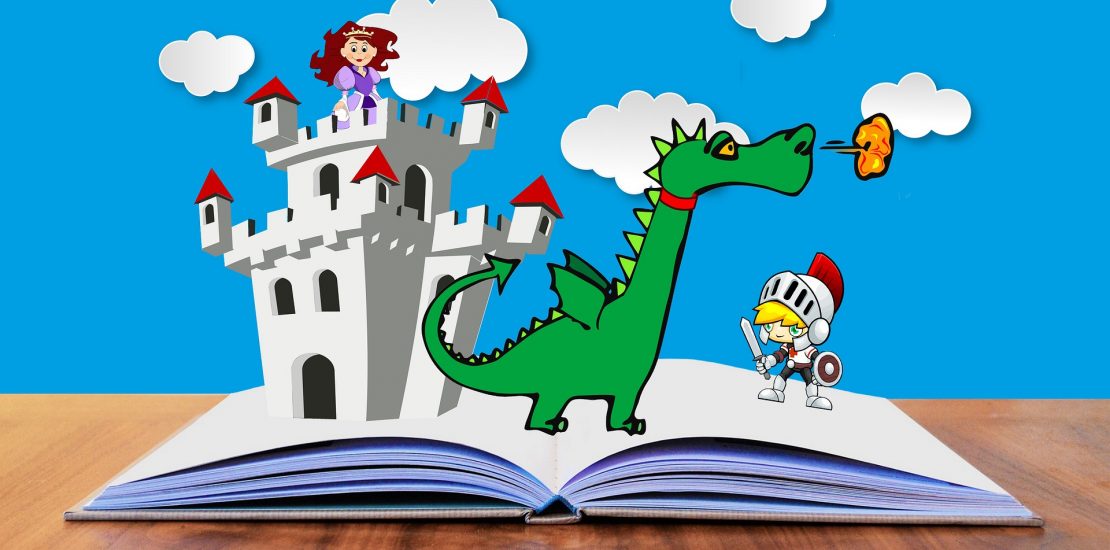What’s Your Story
- December 6, 2021
- Posted by: Philip Struble
- Category: Uncategorized

If you care about it, it’s probably a story.
Storytelling
Every business has a story.
When done well, business storytelling gives a compelling reason for consumers to buy from you. A good brand can inspire trust between your business and customers, employees, and suppliers.
Through hearing our story and knowing why we do what we do, our clients and customers know that we understand their needs. If you own a small company or are an entrepreneur, learning to tell your business story needs to be a crucial part of your practice.
Every successful brand story has a strategic purpose aimed at drawing people in.
How to Tell Your Story
Too many speakers obsess about data and content (and unfortunately abuse all the PowerPoint bells and whistles). They engage in presentation, not conversation.
Here are six business storytelling tips. The key is that they require preparation. They are like the excellent guitar solo presented in the middle of a concert. The guitarist makes it look like they are deriving these great riffs on the fly when in actuality, they labored for months to perfect this small part of the performance.
If you want the benefits of good storytelling, you need to invest considerable planning and preparation. Your goal is to connect with the audience.
Everything you say will fall into the proper space when you start and end with your audience’s needs and desires.
- Find the interest. – Who is this group? What turns them on about this topic? Just as important: what do they need? It’s a common mistake to try to ‘be a great storyteller.” When you start with an audience’s needs, you’re automatically aligned with what you really should be talking about.
- Ask yourself, ‘How can I weave my data into a story?‘ – When you introduce your audience to a mind-numbing array of numbers, statistics, trends, ROI, agenda items, bullet points, graphs, formulas, etc., etc., you will lose them.
On the other hand, try telling a story about a company that was facing an existential problem. Then, weave in the data with a story about solving a problem and achieving success.
- Create a story related to your audience. – Having zeroed in on what this particular audience wants and needs to hear, you can present it in their terms from the start.
Since you began fashioning your story in terms of these listeners, you’ll now find everywhere events, references, personalities, industry challenges, and other elements that are closely and directly related to your audience.
- Describe events in terms of human behavior. – All you have to do at this point is consider how the events you’re talking about reflect human behavior. For example, we all respond to challenges and threats in ways we are programmed to as a human.
You can mention a fact or an outcome and leave it at that. But as soon as you explain how that event affected people’s responses and subsequent actions, your story becomes human and exciting.
This is where you should think about the inherent drama in these events because all good stories have drama. Focus on the conflicts and the struggles that led to success. Drama gets the pulse racing.
- Speak Emotionally. What you’re aiming for are emotional responses on the part of the audience. Data in itself is not typically engaging. But the benefits of those data—maybe the excitement of it and the emotional satisfaction it can bring—usually are.
To create emotional responses, you must use the language of emotions. “We were pleased with the outcome, which wasn’t what we expected” is a bloodless version of “We couldn’t believe what we were seeing. I remember looking around and seeing the astonishment on everyone’s face.”
And don’t forget the power of the pause to aid both emotional response and drama.
- Use Humor. Business and profit are serious. But nobody likes a grim recitation of the facts, even if there’s a story involved. Humor lightens the moment, provides entertainment, helps an audience like you, and shows a balanced outlook on the subject matter.
The Bible
We tell stories and listen to them not just in our daily conversation but on the news, in the movies, and novels. Even a sacred text such as the Bible seeks to make sense of the world through stories.
Business leaders and entrepreneurs need to be versed in the stories of the Bible not only because of their moral and spiritual wisdom but because of how stories are used to convey deeper and broader messages.
The Bible contains many kinds of writings besides simple narrated stories. Included are poetry, laws, family trees, wise sayings, and prophetic messages. And each different kind of writing interacts with other writings. For instance, a story might lead to a victory poem. Each tale contains character descriptions, drama, and emotions. They include riddles, crimes, and love.
Each of these is a lesson on how to tell a story with a message that draws the listener in, which is exactly what the business leader wants their listener to feel.
Successful business leaders are all great storytellers.
What is your story—be prepared to tell it on demand. Tell your story like the Bible tells stories with emotion, inspiration, and most of all, with meaning and conviction
